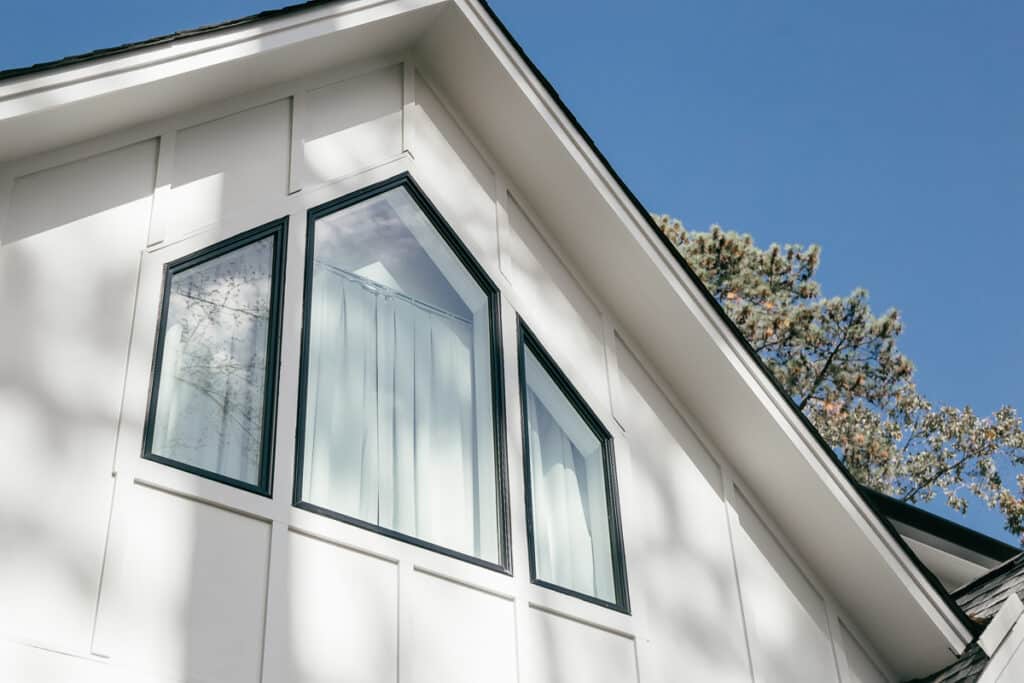If you notice the cold weather causing a rise in your gas and electric bills, then it’s possible that your home is not as air tight and it should be. Winter is a good time to check for areas where cold air could be sneaking in to make your home more energy efficient. Windows are the most common locations for drafts in the home, so fortifying them is the perfect first step to start paying less on your energy bill.
Addressing drafty windows will allow you to save money on heating your home in time for winter. When windows are rotted or damaged beyond long-term repair, replacement is the best option for value. But since window replacement can be costly, and not every window requires immediate replacement, you can opt to do a temporary fix instead!

The first step to fixing drafty windows is pinpointing the location in your home where the draft is originating. There is one easy method that can be used to detect a draft in your home. First, walk through your home and make sure all of your windows are closed. Next, light a candle and hold it next to each window, moving the candle near the seam. If the flame flickers then you most likely have an air leak.
Quick Fixes
Once you find an air leak, you can consider one of these 4 temporary fixes to help seal off the window.:
- Weather stripping: This option is affordable and an easy solution for those who love to DIY. You can purchase the material for a few dollars per window at your local hardware store. Cut the strips to size and fill the gaps between the window sash and jamb.
- Caulking: Tubes of caulk are inexpensive and with practice, they become easier to use. Make sure to caulk the window inside and out, where the window meets the casing and where the casing meets the wall or siding material.
- Draft stopper: Place a heavyweight fabric draft stopper on the windowsill or under a door to keep cold air from leaking through the cracks.
- Curtains: Replacing lightweight curtains with a heavier, more insulating curtain material can act as a trap and catch air between the layers of fabric to provide insulation.
When to Know to Replace:
Replacing your windows can be pricey and may require budget planning, but installing the right windows can help you save in the long run. For instance, Energy Star windows can lower your energy bills by 7-15%. Only a trusted professional installer should replace your windows. They will be able to pinpoint and correct drafts as well as create a tighter seal around the window. Here are some signs that your windows need replacing:
- If your windows do not open or close properly
- If condensation between window panes appear
- If your windows have aged 15-20 years



